Can Cats Eat Peas? A Comprehensive Guide Step-by-Step
As cat owners, we often share our food with our feline friends, especially when they keep an eye on our food. You might also have in mind the question “Can cats eat peas?”.
First, you should understand which food is safe for humans; it may not be healthy or safe for cats. But do not worry about whether peas are safe for cats. Because
In this comprehensive guide, we will intensely discuss cats and peas. We will also discuss the benefits and risks of peas and the types of peas cats can and can not eat. We will also discuss more relevant questions about cats and peas. So let’s get started.
Can Cats Eat Peas?
Yes, cats can safely eat peas. Peas are often found as an ingredient in commercial cat foods and are non-toxic to cats. They can be a good source of vitamins, including A, B1, B6, C, and K, as well as minerals like magnesium, potassium, and iron.
Peas also offer protein and fiber, benefiting your cat’s digestion. However, it’s crucial to serve them in moderation and ensure they are cooked and unseasoned, as certain additives can harm your cat’s health.
Do cats like peas?
Cats have varying tastes, just like humans, and not all cats will enjoy peas. Some cats may be curious and nibble on peas when offered, while others may turn up their noses. If your cat does show interest, peas can be a healthy snack when given in small quantities as part of a balanced diet. Always introduce any new food slowly to avoid digestive upset.
Health Benefits Of Peas To Cats
The top 10 best benefits of peas for cats are given below in detail.
1: Rich in Essential Vitamins
Peas are packed with essential vitamins that benefit a cat’s overall health. Vitamin A is vital for cats’ vision, Vitamin B1 (thiamine) aids in maintaining a healthy metabolism, and Vitamin C helps tissue repair and immune system function. Vitamin K is essential for proper blood clotting and bone health.
2: Contains Beneficial Minerals
In peas, minerals like magnesium, potassium, and iron significantly affect a cat’s well-being. Magnesium contributes to healthy bone growth and nerve function, potassium is crucial for heart and muscle health, and iron is necessary for forming haemoglobin, which transports oxygen in the blood.
3: A Source of Protein and Fibre
Protein is a cornerstone of a healthy cat diet and is essential for building and repairing tissues. Fiber aids digestion, can help prevent hairballs, and contributes to satiety, which can help maintain a healthy weight.
4: Supports Digestive Health
Pea fiber can help regulate a cat’s digestive system. It helps keep bowel movements regular, preventing constipation and diarrhea.
5: Contributes to a Healthy Heart
Peas contain nutrients that support cardiovascular health. Regular consumption of peas in moderation can contribute to maintaining a cat’s heart health, alongside a balanced diet and regular exercise.
6: Low in Calories
For cats needing to manage their weight, peas are a treat option that is low in calories. This can be particularly beneficial for indoor cats with limited physical activity opportunities.
7: Can Help Control Blood Sugar Levels
Peas’ combination of proteins and fiber can help regulate blood sugar levels. This is especially helpful for cats at risk of diabetes or who are already diabetic.
8: Natural and Safe
As a natural food source, peas are accessible from the artificial additives and preservatives found in some commercial cat treats. They provide a safe and wholesome snack when prepared correctly.
9: Good for Hydration
If peas are served fresh, their natural moisture content can be another way to keep your cat hydrated. Proper hydration is essential, particularly for cats who may not drink enough water alone.
10: May Reduce Inflammation
Peas contain anti-inflammatory properties that can help deal with conditions such as arthritis. While not a cure, including peas in the diet may aid in reducing symptoms of inflammation.
Health Risks Of Peas To Cats
Risks you have to remember before feeding peas to your cat.
1: Can Cause Digestive Issues
Even though peas contain fiber that generally aids digestion, some cats may experience digestive issues, such as gas or bloating, mainly if they are not accustomed to eating this type of vegetable.
2: Potential Allergic Reactions
While allergies to peas in cats are rare, they can occur. Symptoms of an allergic reaction may include itching, swelling, or gastrointestinal problems. If you notice any unusual symptoms after feeding your cat peas, it’s essential to consult with your vet.
3: Not a Complete Diet Replacement
Peas should only be served as a treat, not a replacement for a cat’s diet. They do not provide all the nutrients a cat needs for a balanced diet, and depending too much on them can lead to nutritional deficiencies.
4: Risk of Choking
Particularly for smaller cats or those who tend to eat quickly, whole peas could pose a choking hazard. It is safer to offer peas mashed or served in small amounts.
5: Interference with Nutrient Absorption
Peas contain phytates, which can interfere with the absorption of certain minerals in the body. Although it’s not a significant concern in small amounts, regular or large quantities could disrupt a cat’s mineral balance.
Types Of Peas Cats Can Eat
Types of peas that cats can eat.
1: Garden Peas
Garden or sweet peas are safe for cats when cooked and unseasoned. They should be shelled, as the pods can be difficult for cats to digest. These peas are a good source of nutrients and can be given as an occasional treat.
2: Snow Peas
Snow peas are flat with edible pods and are safe for cats in moderation. They contain a good amount of vitamins and fiber. As with garden peas, they should be offered cooked without adding seasonings or oils.
3: Snap Peas
Snap peas are similar to snow peas, with a crispier pod that is also edible. These can be a crunchy treat for your cat, provided they are cooked and plain. Make sure to chop them into smaller pieces to prevent any choking hazards.
4: Split Peas
Split peas, typically used in soups and stews, are safe for cats after thoroughly cooking. Ensure no additional ingredients, such as onion or garlic, can be toxic to cats. Serve these in small amounts, as they can be dense and filling.
Types Of Peas Cats Can Not Eat
Types of peas that cats can not eat.
1: Canned Peas
Canned peas often contain added sodium or preservatives to extend shelf life, making them unsuitable for cats. The high salt content can harm a cat’s health, increasing the risk of kidney issues and hypertension.
2: Wasabi Peas
Wasabi peas are flavored with wasabi and other seasonings that can be far too spicy for a cat’s palate and digestive system. Additionally, spices and flavorings can upset a cat’s stomach or even be toxic.
3: Peas Cooked with Unsafe Ingredients
Any peas cooked with ingredients that are unsafe for cats, such as onions, garlic, or excessive quantities of fat, should be avoided. These ingredients can cause anemia or other serious health issues in cats.
4: Raw Peas
While not toxic, raw peas can be difficult for cats to digest due to their starchy composition and potential to cause indigestion or intestinal discomfort. Cooked peas are more accessible for cats to digest.
How many peas can I give my cat?
Moderation is vital when feeding peas to your cat. Usually, a small spoonful of peas can be enough as a treat, at most 10% of their daily diet. This amount is safe and won’t disrupt their nutrition. Always ensure they are cooked and plain, without seasoning or oil.
How To Safely Feed Your Cat Peas
Steps you need to follow to feed peas to your cat safely.
1: Choose the Right Type of Peas
Always select peas that are safe for cats, such as garden peas, snow peas, snap peas, or split peas. Avoid canned, wasabi, or peas cooked with unsafe ingredients.
2: Prepare the Peas Properly
Cook the peas without adding seasonings, oils, or harmful ingredients to cats. For garden peas, remove the pods, as they can be challenging for cats to digest.
3: Serve in Small Quantities
Give your cat a spoonful of peas, ensuring it’s no more than 10% of their daily dietary intake. It helps maintain a healthy diet.
4: Monitor Your Cat’s Response
Observe how your cat reacts to eating peas. Watch for digestive issues or allergic reactions, and consult your vet if you notice anything unusual.
5: Ensure a Balanced Diet
Remember that peas are only a treat and should not replace your cat’s balanced diet. They should continue to receive all their necessary nutrients through their primary food source.
What Other Vegetables Can Cats Eat?
The vegetables that cats can eat.
1: Carrots
Carrots are healthy for cats when cooked and cut into small, manageable pieces. They are high in fiber and vitamins but should be served in moderation.
2: Broccoli
Broccoli is safe for cats and can be a good fiber and vitamin C source. It can be steamed or boiled with no added oils or seasonings.
3: Zucchini
The vegetable zucchini is a healthy, low-calorie cat treat, especially when cooked plain.
4: Pumpkin
With its high fiber content, Pumpkin can aid a cat’s digestion. It should be plain, without sugar or spices, and served in small amounts.
5: Green Beans
Green beans can be a healthy cat treat, offering vitamins and fiber. They can be steamed or boiled and served plain.
6: Spinach
Spinach can benefit cats in small amounts, provided they don’t have a history of calcium oxalate bladder stones. It should be steamed without additions.
Conclusion
In conclusion, while peas can provide a nice variety to your cat’s diet and come with beneficial nutrients, they should always be given carefully and in moderation. It is essential to choose the appropriate type of pea, prepare them safely by cooking and avoiding harmful additives, and ensure they are served in small quantities. This helps to prevent any choking hazards or potential interference with nutrient absorption.
Other vegetables such as carrots, broccoli, zucchini, Pumpkin, green beans, and spinach can also enhance your cat’s diet. Always prioritize a balanced diet for your feline friend and consult a veterinarian about any dietary changes or concerns. By adhering to these guidelines, you can safely incorporate peas and select vegetables into your cat’s diet, contributing to their well-being and happiness.
FAQs
1) Are Rice And Peas Suitable For Cats?
Rice and peas are not toxic to cats, but they should be given sparingly as they are not a necessary part of a cat’s diet and offer limited nutritional value to a carnivorous pet.
2) Are Black-Eyed Peas Okay For Cats?
Black-eyed peas are not recommended for cats due to their potential to cause digestive issues and their limited nutritional value for felines.
3) Is Peas A Recommended Food For Cats?
Peas are not essential in a cat’s diet but can be occasionally offered as a low-calorie treat.
4) Can Cats Eat Peas Every Day?
No, cats should not eat peas every day.

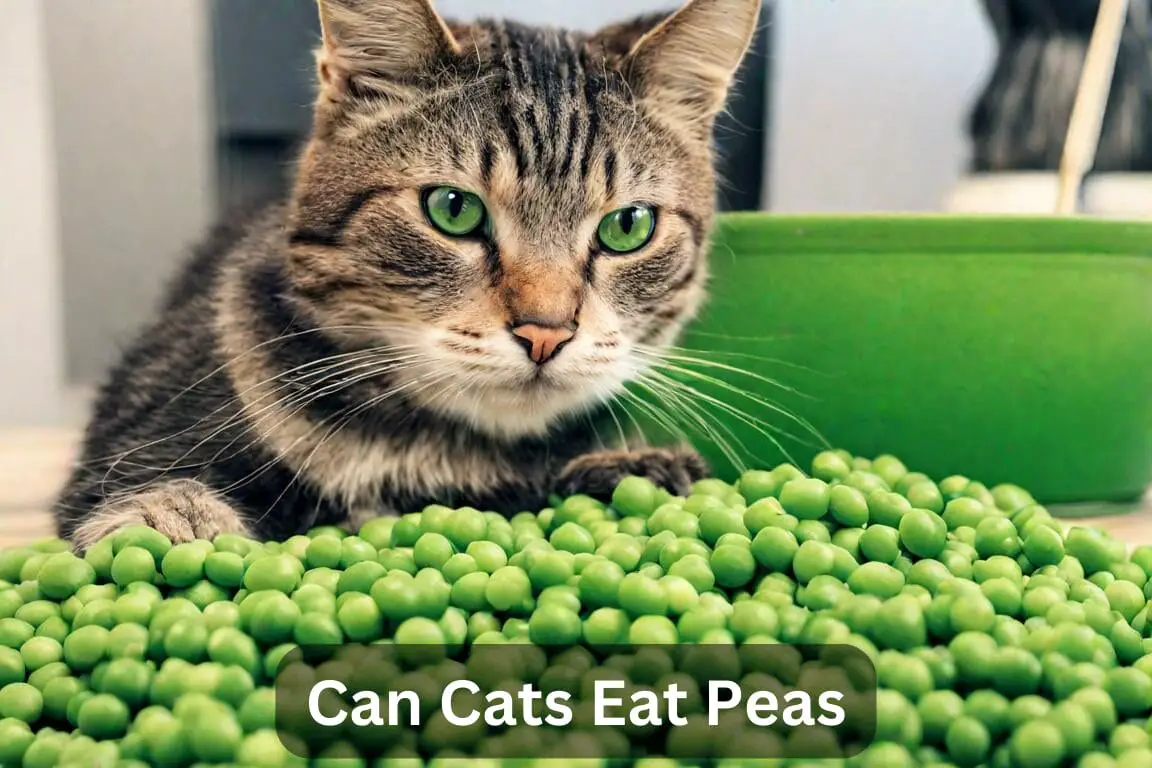
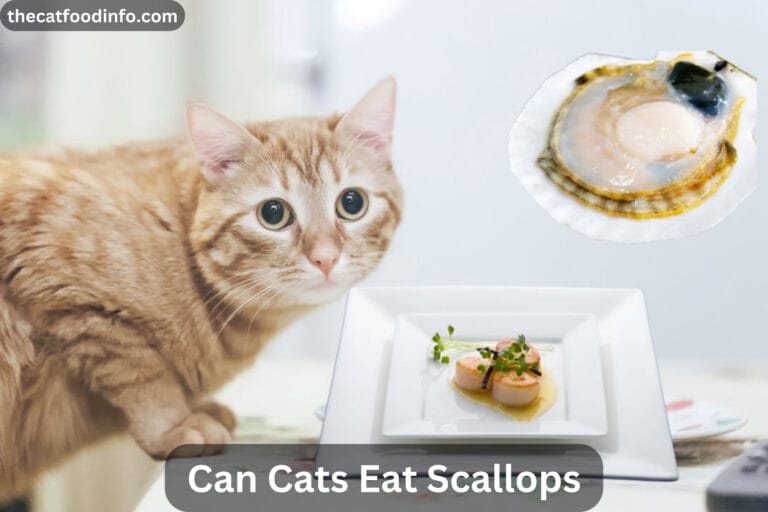
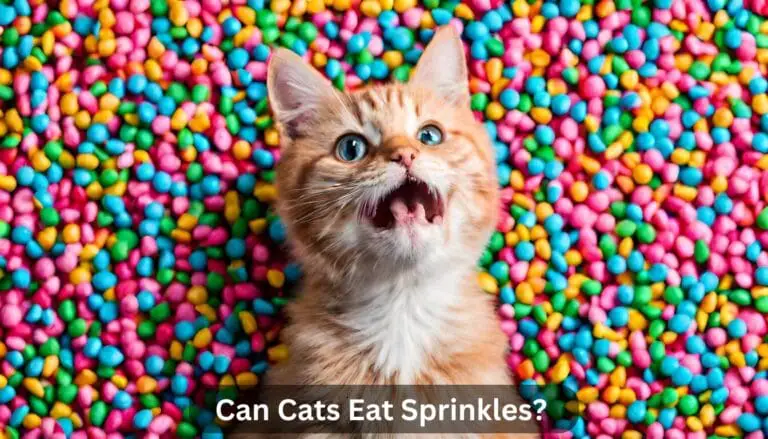
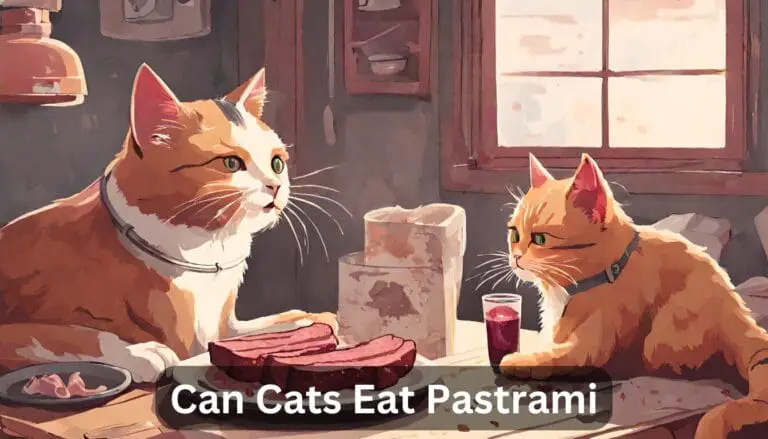
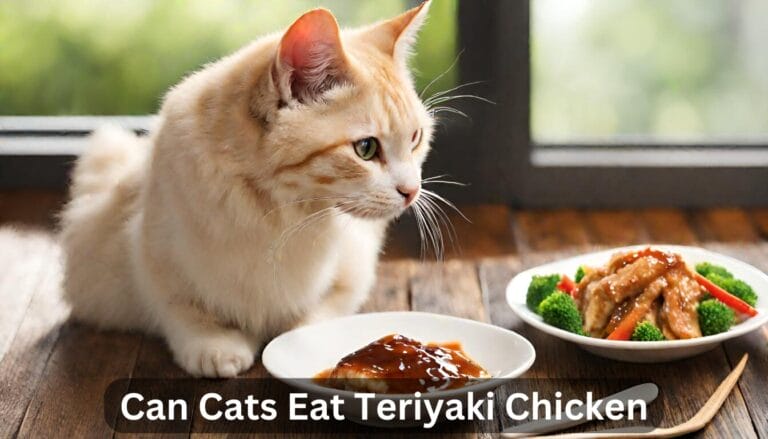
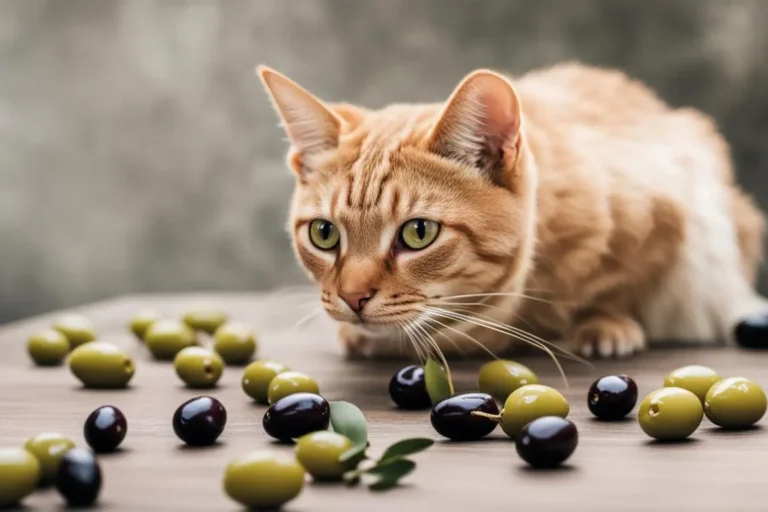
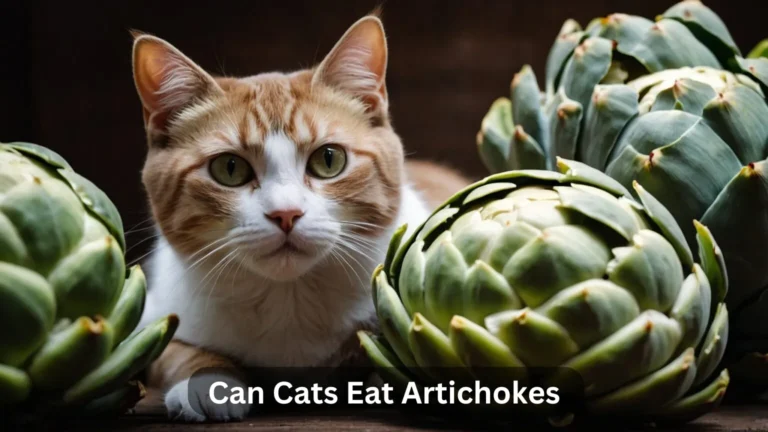
5 Comments